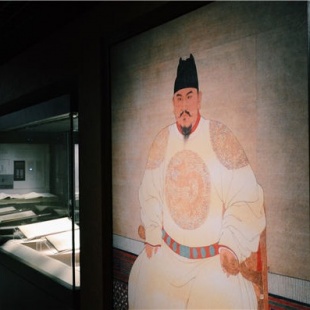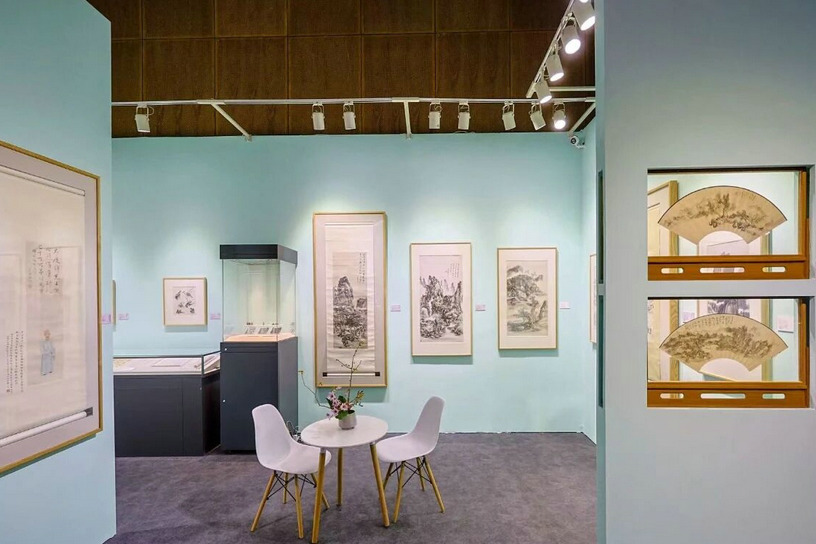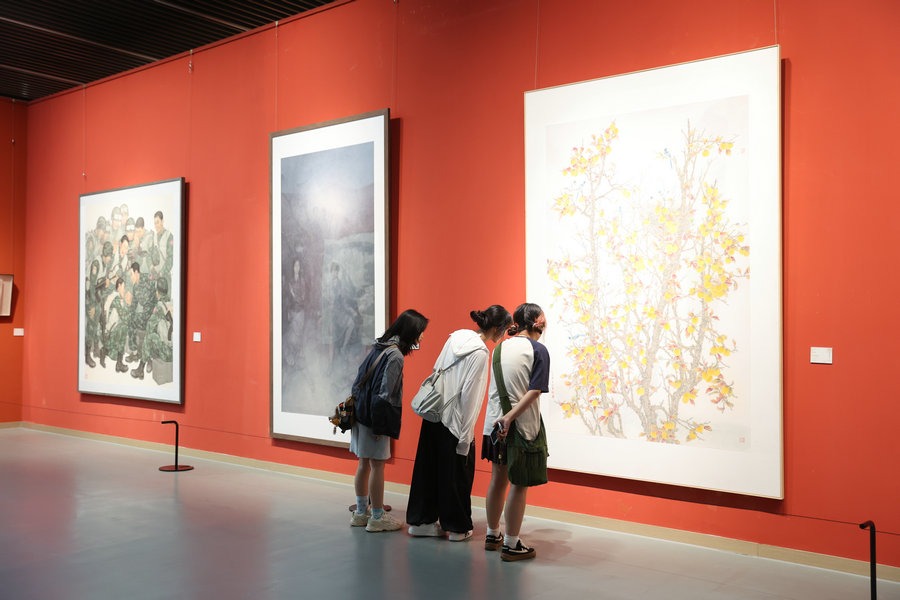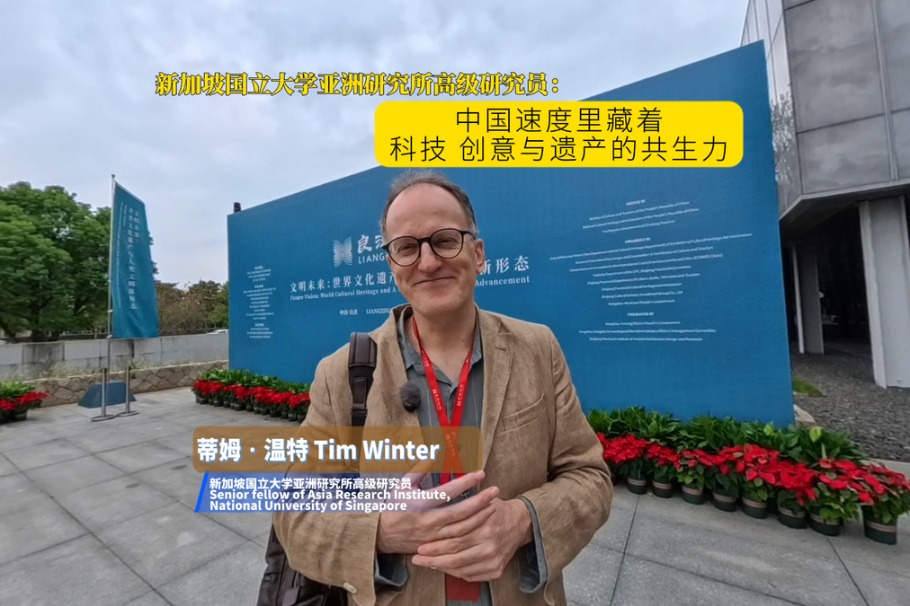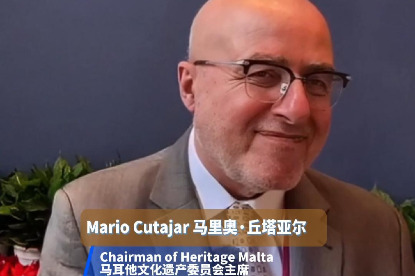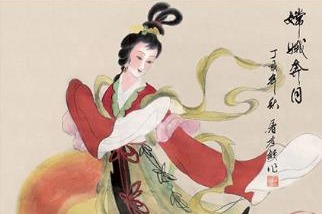A magnum opus' death of a thousand cuts

A bare fragment of great canon remains after it was slowly dismembered over several centuries.
To the same degree that the compilation over just five years of the 11,095 volumes of the Great Canon of the Yongle Era and their ensuing transcription was a stupendous feat of research and craftsmanship, the loss of the great bulk of that work over several centuries is a thumping indictment of some of man's worst excesses, including greed and theft.
As a result, what should be a glimmering jewel of culture reposing in a Chinese institution for all the world to wonder at was scattered to the four winds, one or two bits held here and another one or two bits there, but the vast bulk of it simply lost. Instead the world has been left to wonder what happened to it all.
Among the fortunate few in this sad tale are institutions in about a dozen countries, including the British Library, the Berlin State Library in Germany, and libraries of Harvard, Princeton and Oxford universities into whose hands some remnants of the canon's glories were fortunate enough to fall.
The National Library of China Publishing House has published 57 photocopies of volumes collected overseas, and more photocopies of collection in Japan, Ireland and Britain will be published in the near future. A lot of effort has gone into collecting, restoring and preserving the surviving relics of the masterpiece.
The National Library of China holds the largest collection of surviving volumes, 224 in all and 62 of them are temporarily kept in Taipei, and is always keen for the public to enjoy them. To that end an exhibition is held, says Gu Heng, deputy director of the library's exhibition department.
The exhibits, including 12 transcript volumes, recounted anecdotes about the masterpiece's compilation, preservation, duplication and disappearance, as well as speculation about the whereabouts of the lost volumes.
That speculation includes that the original canon was burned or buried with Emperor Jiajing (1507-67), a theory that still has currency.
The transcript of the original, completed in 1567, was firstly placed in an imperial archive southeast of the Forbidden City in Beijing, the imperial palace for the Ming (1368-1644) and Qing (1644-1911) dynasties.
It was not until the time of Emperor Kangxi (1654-1722) that the transcript was rediscovered.
By that time the canon had already been severely degraded. Over about 150 years it had little attention from emperors, and it apparently became the wont of officials to visit the site where they were located and walk off with a few volumes. By 1722, 2,422 rolls, or more than 1,000 volumes, had disappeared.
When British and French troops invaded Beijing in 1860 and then moved out of China they took many more volumes with them, and Yang Yinmin, a research librarian at the National Library of China, believes the Western world was well aware even then about how valuable the canon was.
By 1875 just 5,000 volumes remained in the Hanlin Academy, a major cultural body for the feudal government, and within 20 years 4,200 of those vanished. The invasion by the Eight-Nation Alliance in 1900 caused further damage to the canon mainly through fire and theft.
Trading in the canons became highly lucrative, some officials selling volumes they took out to foreigners for 10 taels of silver (1 tael is about 37 grams), the equivalent of about 10,000 yuan ($1,500) today.
When the construction of the National Peking Library, predecessor of the National Library of China, was proposed in 1908 just 64 volumes were left.
It was with the help of Lu Xun, renowned author and then an official at the ministry of education, that 60 volumes were turned over to the library in 1912; the other four were turned over in 1928.
One of those was put on display in the library, along with 11 others that had been privately donated or had been returned by foreign institutions.
The exhibits included one that begins with the entry men (door). One of the volume's illustrations was the inspiration of the design on the doors of the National Museum of Classic Books, where the exhibition is held. The museum shares its location with the National Library of China.
The library is also the leading institution for the country's preservation of ancient texts. It undertook a nine-month long restoration of the canon collection beginning in September 2002. At the time, most of the staff who worked on the restoration had more than 15 years of expertise in the field.
The principle was to "restore the old as the old", keeping its original shape as close as possible to the original and maintaining the historical traces.
Du Weisheng, one of the 16 restorers, says that taking apart the pages and finding suitable materials were the project's major difficulties.
Hanji, a kind of white tissue paper of the early Qing Dynasty that the library kept, was used to replace the broken paper, Du said.
Staff also visited almost all the silk stores in Beijing trying to find a silk identical to that used in making the cover of the canon, but they turned up empty-handed. However, they did find a decorative fabric that was similar in texture, thickness and color.
In all, 158 volumes were restored, and Du says he felt a strong sense of achievement on seeing the revival of the ancient books.
Du has restored documents for 44 years and says he has witnessed many changes in the field, including more skilled people entering the field.
The restoration effort of the canon benefited greatly from the support of the government and the public and media attention, he said, and this had promoted the standardization of the work.


